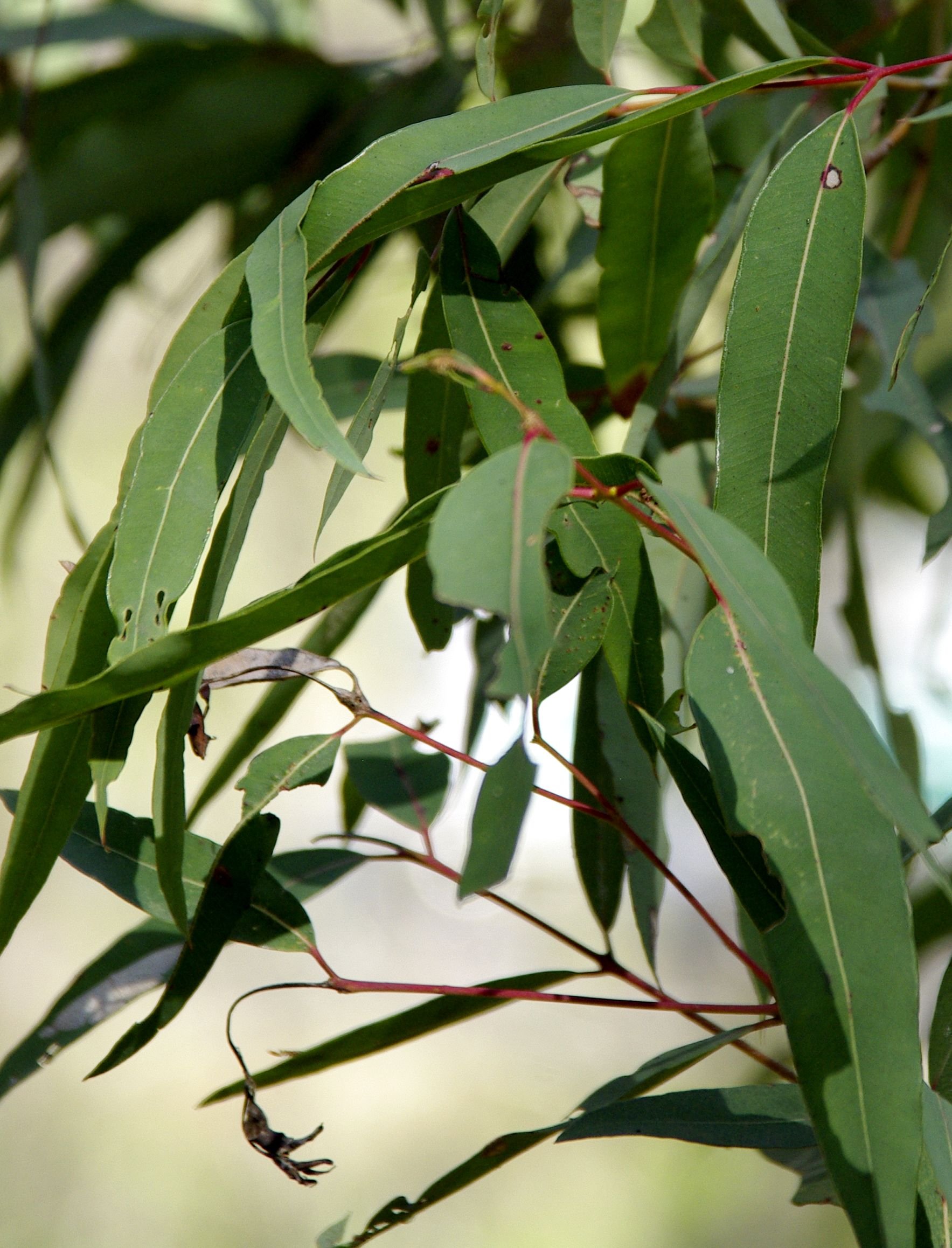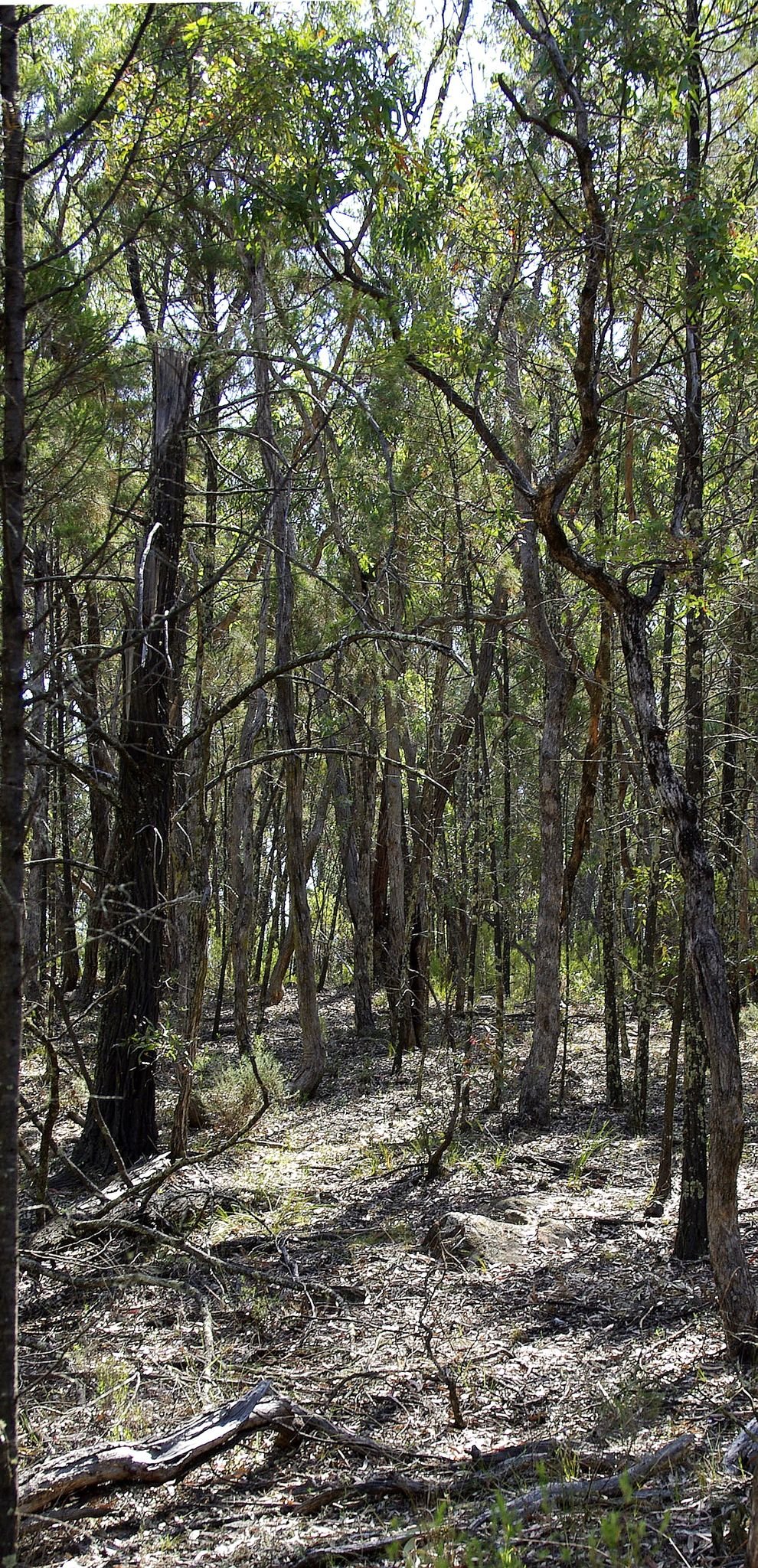
Gunnedah Hill, Kamilaroi Country
Coonabarabran, NSW Australia
Located just on the outskirts of Coonabarabran in North West NSW. Lana’s Dad, Kamilaroi Elder Uncle Ray Leslie, grew up on Gunnedah Hill with Lana’s Pop Alfred Leslie and Nana Violet Duncan, alongside other Aboriginal families. Living in tin shacks with dirt floors, with no electricity, or running water, life was tough but happy.
Lana’s spirit was formed on Gunnedah Hill, on her Kamilaroi ancestral Country.
Lana named her business to honour Country and family.
Excerpt from Dr Lana Leslie’s PhD (not to be reproduced or copied)
Pages 96 to 99 from:
Leslie, L. (2014). Dhiiyaan Ngay Kamilaroi, Winangaldanha Ngaya Nginaaynya (My Kamilaroi Family, I Hear You) Macquarie University]. North Ryde. http://hdl.handle.net/1959.14/1270121
Gunnedah Hill, approximately 1.5 kilometres North-East of the centre of Coonabarabran was a significant place in Dad’s life. Although Dad was born in Moree, he spent much of his childhood (under 10), living with his family and other relatives and other families on ‘the Hill’. Gunnedah Hill was an Aboriginal domain where only Aboriginal people lived. It began as an informal campsite on the fringes of the town area, but was later gazetted as a government Aboriginal Reserve. The Hill was separated from the main part of town by the Castlereagh River – a typical configuration for many rural NSW towns which ensured Aboriginal residents could be excluded from the ‘white’ town.
Life on Gunnedah Hill was tough. Dad lived in a tin shack with walls made of flattened kerosene tins and a floor of dirt. Winters were very cold on the Hill and Dad told me that he remembered condensation running down the tin walls. To try to make it warmer, Pop glued paper with flour and water onto the tin and hung hessian around the inside of the walls. Nana made her own brooms from tea-tree bush and continually swept the ‘floor’ to keep the dust at bay. The facilities on Gunnedah Hill were limited. There was no electricity and light came from kerosene lamps. Water had to be carted in buckets on a yoke balanced over the shoulders and wood was collected from around the hill to make a fire for the ‘bush oven’ for Nana to cook meals such as rabbit curry, fried scones and damper. Clothes were washed in a copper over a fire and bed waggas (quilts) were made from corn bags. There wasn’t a lot of money around in those days and people living on the hill did not get food rations. When times were desperate though, people would go to the Police Station for financial assistance. Pop was a rabbit trapper and as a seven year old, Dad helped his father to trap rabbits, carry them and sell their skins.
Gunnedah Hill was also a significant place of resistance for my family against Government policy of the time. Dad tells a story when the Aborigines’ Welfare Board (AWB) made Gunnedah Hill an Aboriginal Reserve and built houses and fences around the existing shacks. Pop didn’t like being fenced in and moved the shack to outside of the fence the top of the hill. The AWB saw this as a rebellious move. The following quote describes my Pop’s resistance and the subsequent response from the AWB:
… they (AWB) started to make it into a type of Aboriginal reserve and they started building a few homes there for Aboriginal people. There was four actually. Anyhow, Dad put in for one, but he never got one. Then when they put the houses up - they fenced it in, so Dad didn't like being fenced in, so it was practically overnight one night - I think I was away at the time. They pulled the house down and moved it to the other side of the - outside the fence, up the top of the hill. That's where we spent a few years (Raymond Leslie, Rooty Hill, 4.11.10).
Subject: Demolition of dwelling- Mr Alf Leslie
I wish to bring to your notice the fact that the abovementioned person residing on new reserve number 77160, Gunnedah Hill has demolished his sub-standard dwelling thereon, and has erected another similar dwelling outside the boundary of the reserve. He has done this without my knowledge moving overnight (Aborigines Welfare Board, 27 April 1959).
Despite the living conditions, Dad has always recalled his life on Gunnedah Hill fondly, in particular the many games he played with sisters and cousins who also lived there. The Hill was a place of exploration and imagination for the children. Games mostly emulated adult physical activities. The children used tree branches and other objects from the Hill for games. Dad describes a game where he was pretending to ride a horse by sitting on a bent pine tree branch:
…the pine trees we’d pull em over with a bit of rope, and put a bag on em and we’d jump on it and use it as a horse. I don’t know [what we called that game], just wanted to ride the horse I spose. We didn’t have a horse so we used the pine tree, It’s having another kid down the bottom and they’d say ‘let er go’ and way you go you’d start ridin’ (Raymond Leslie, Rooty Hill, 4.8.08).
Dad loved to explore Gunnedah Hill with his cousins. Other games included playing ‘cubby’ house which involved children pretending to be their parents. This game emulated their fathers coming home after a day’s work of rabbit trapping. In this case, sticks with a forked end were imagined as rabbits:
I don’t know whether you’d call it a cubby house or not…you’d play as mum and dad (laughs) and we used to use a forky bushy stick for the pairs of rabbits so we’d imitate our fathers as rabbit trappers, and saying ‘We’re coming home with all these rabbits’ and you’re hanging em up on forky sticks, you know across the tree, [and saying] ‘You’ve got so many pair tonight’ and all that stuff (Raymond Leslie, Rooty Hill, 4.8.08).
As there was no transport, Dad walked everywhere, such as into town. Walking had its hazards though. When Dad and Mum were courting, Dad was regularly windy (frightened) when walking home after the pictures (cinema). The Hill at night was known to be haunted and often evoked fear in those who walked the back way into town. In the following quote, Dad talks about walking into town and calling to his mother effort to alleviate his fear:
We walked all the time. It was long, it seemed a long way when you went to the pictures, cause it was all dark and you’re a bit windy, a bit frightened. I used to come up the back way and they had about two hundred yards of scrub there and I’d be singing (yelling) out, frightened coming home from the pictures ‘Mumma are you awake? Are you awake?’ ‘Course I’m bloody awake, how can I sleep with you singing out all night?’ So I was the big brave fulla, I used to walk Mum home when we was courting around together I was very brave, and then when I got home I was windy, coming through that pine scrub there, she was like your hairs on the back of your head coming up, you’d feel this hot wind behind you, gees I used to move (go quickly) through there (laughs) (Raymond Leslie, Rooty Hill, 4.8.08).
Dad’s early life on Gunnedah Hill was a very physical life with daily routines and the many activities he engaged in with others. These memories made such a strong impression on Dad that he moved back to Gunnedah Hill six times in his life, as well as visiting it many times.
Dad (Ray Leslie) (far right) with his cousins and his air gun. Family photograph, 1950s










